15 Movie Villains Who Left a Lasting Mark on Pop Culture
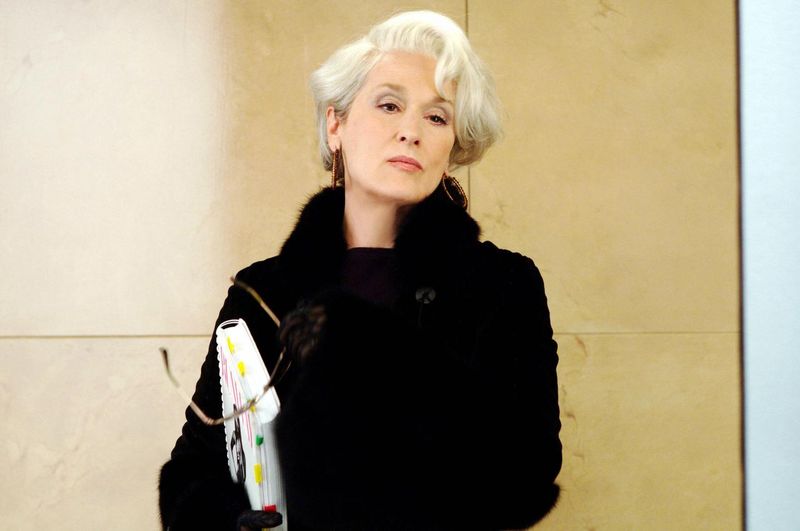
Movies wouldn’t be the same without their unforgettable bad guys. These characters make our heroes shine brighter while stealing scenes with their wicked plans and magnetic personalities. From magical dark lords to fashion tyrants, the best villains stay in our minds long after the credits roll, making us both fear and admire them at the same time.
1. Lord Voldemort: The Dark Lord Who Must Not Be Named
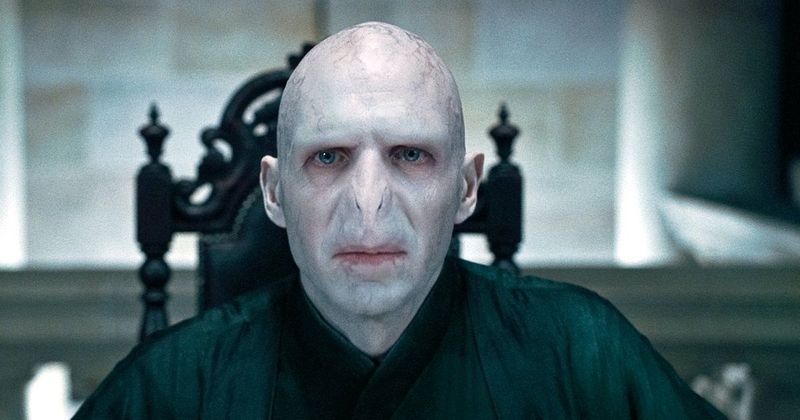
Ralph Fiennes transformed into pure nightmare fuel as the snake-like wizard bent on magical domination. His chilling performance brought J.K. Rowling’s ultimate villain to life with terrifying precision. What makes Voldemort truly frightening isn’t just his power, but his complete lack of humanity. The character’s tragic backstory as the abandoned Tom Riddle adds layers to his evil. Fun fact: Fiennes’ nephews were actually scared of him after seeing him in full Voldemort makeup for the first time – proof that his transformation was complete!
2. Miranda Priestly: Fashion’s Frosty Dictator
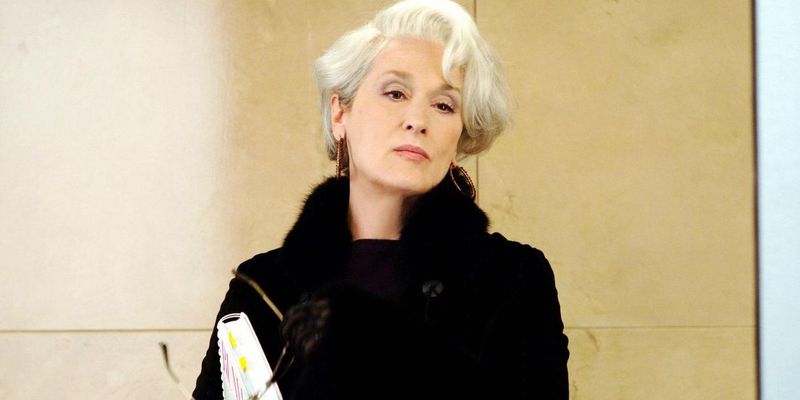
Meryl Streep’s quietly devastating fashion editor didn’t need to raise her voice to strike fear into everyone around her. With just a pursed lip or withering glance, she could reduce employees to tears. Based loosely on Vogue’s Anna Wintour, Miranda elevated the workplace villain to an art form. Her infamous “cerulean sweater” monologue showed her brilliance while simultaneously destroying Anne Hathaway’s character. The genius of Miranda lies in her competence – she’s not evil for evil’s sake but ruthlessly effective at maintaining her empire.
3. Loki: The God of Mischief Who Stole Our Hearts
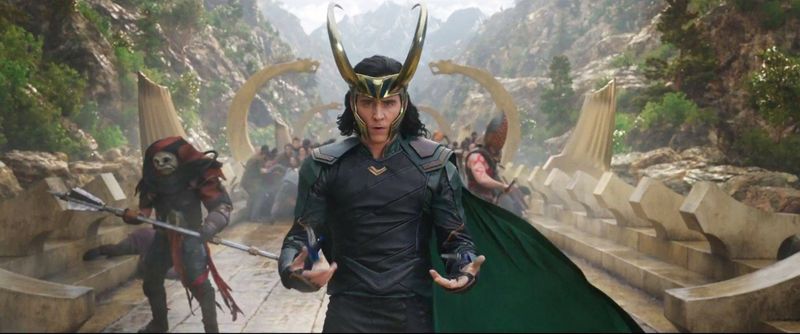
Tom Hiddleston’s charming trickster began as Thor’s jealous brother before evolving into something far more complex. His mischievous smile conceals deep wounds of rejection and identity crisis. “I am burdened with glorious purpose” became an iconic line that perfectly captured Loki’s grandiose yet somehow relatable villainy. Unlike many one-dimensional bad guys, he constantly shifts between hero and villain. Hiddleston’s performance was so beloved that Marvel transformed Loki from a one-movie villain into a central character with his own Disney+ series – a rare villain-to-antihero success story.
4. Thanos: The Mad Titan With a Twisted Mission
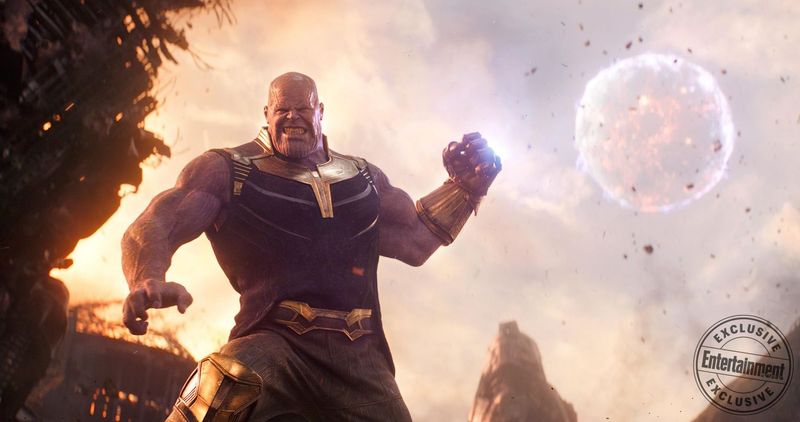
Josh Brolin brought surprising depth to the purple giant who believed wiping out half of all life was an act of mercy. His calm, philosophical approach made him uniquely terrifying. Unlike villains who want power for its own sake, Thanos genuinely believed his genocide would save the universe from overpopulation. The quiet conviction in his voice when explaining his plans sent chills down viewers’ spines. The shocking snap that ended Infinity War gave this villain something rare: a complete victory that left audiences stunned and heroes defeated – at least until the sequel.
5. Kylo Ren: The Fallen Skywalker With Daddy Issues
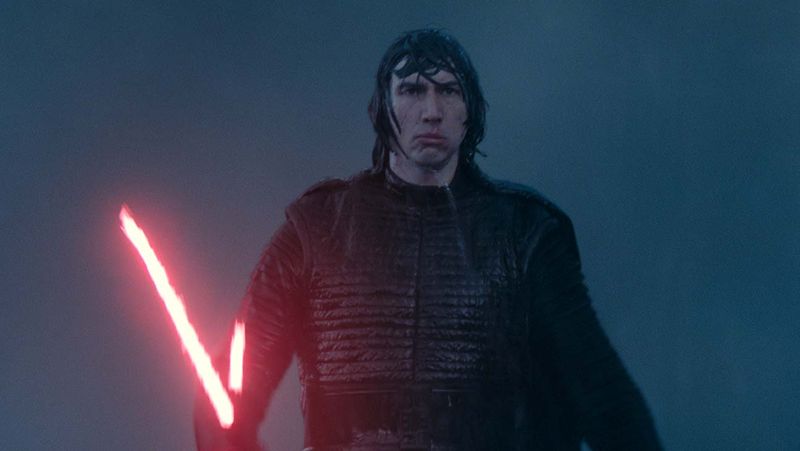
Adam Driver’s conflicted villain brought raw emotion to the Star Wars universe. His tantrums and mask-smashing revealed the wounded child beneath the fearsome exterior. As the son of Han Solo and Princess Leia who turned to the dark side, Kylo represented the ultimate family tragedy. His internal struggle between light and dark made him unpredictable and compelling. Driver’s physical performance – from his unique lightsaber style to his expressive face – created a new kind of Star Wars villain who fought his own nature as much as he fought the heroes.
6. Anton Chigurh: The Emotionless Coin-Flipping Hitman
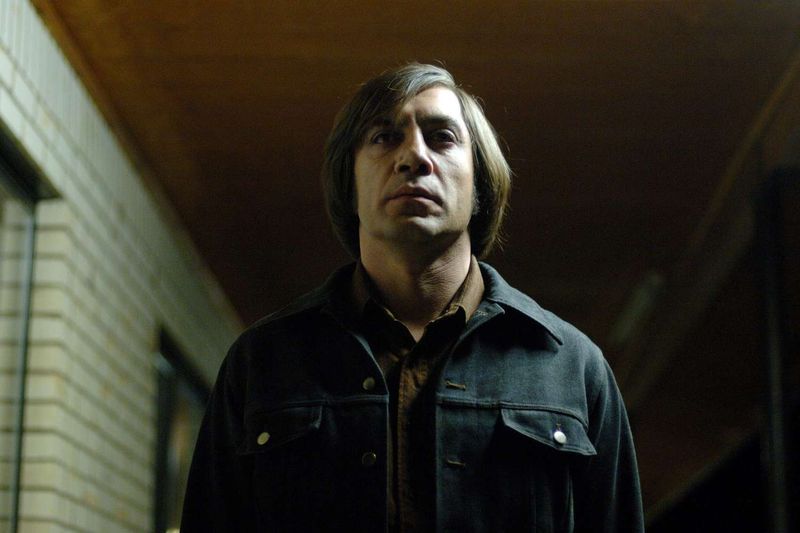
Javier Bardem’s cattle gun-wielding assassin redefined screen menace with his dead eyes and bizarre bowl cut. His methodical violence operated by a twisted moral code that gave victims the illusion of choice. The coin flip scenes became instantly iconic – Chigurh offloading the decision of whether someone lives or dies to random chance. His emotionless pursuit of his targets made him seem less like a man and more like death itself. Bardem won an Oscar for creating a villain so unsettling that his mere presence in a scene created unbearable tension, even when he was just buying gas or eating peanuts.
7. Javier Rodriguez: The Corrupt Cop With Principles
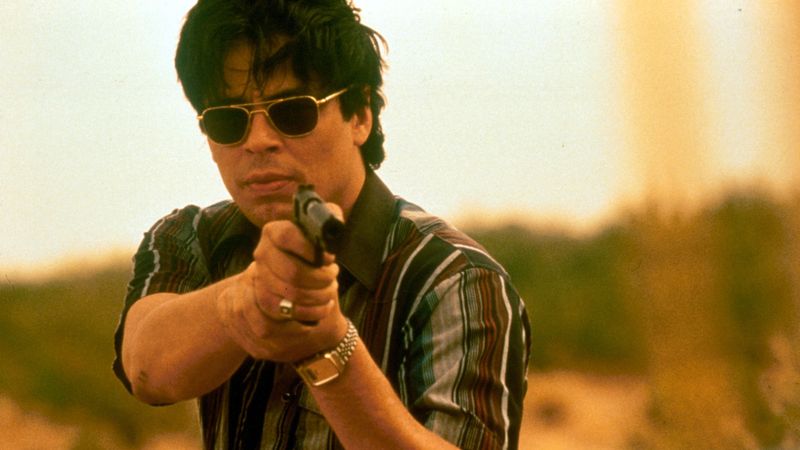
Benicio Del Toro’s morally ambiguous Mexican police officer navigated a world where good and evil blur together. His charismatic performance won him an Academy Award for portraying corruption with nuance. Operating within Mexico’s drug war, Rodriguez showed how even good men make compromises when the entire system is broken. His willingness to work with cartels while trying to make positive change created a fascinating character study. Unlike pure villains, Rodriguez exists in the gray area – doing wrong things for reasons that sometimes feel right, making audiences question their own moral boundaries.
8. Amy Dunne: The Wife Who Rewrote Her Own Story

Rosamund Pike’s calculating “cool girl” turned revenge artist created a new kind of villain – one who narrates her own meticulous plans. Her famous “cool girl” monologue resonated with uncomfortable truth about gender performance. Amy’s elaborate scheme to frame her husband for her murder revealed layers of planning that were both horrifying and impressive. Pike’s icy delivery and perfect smile concealed the rage beneath her carefully constructed persona. What makes Amy so memorable is how she weaponizes societal expectations about victimhood, manipulating media narratives while making viewers question who they should actually root for.
9. Commodus: The Emperor Who Craved Love and Power
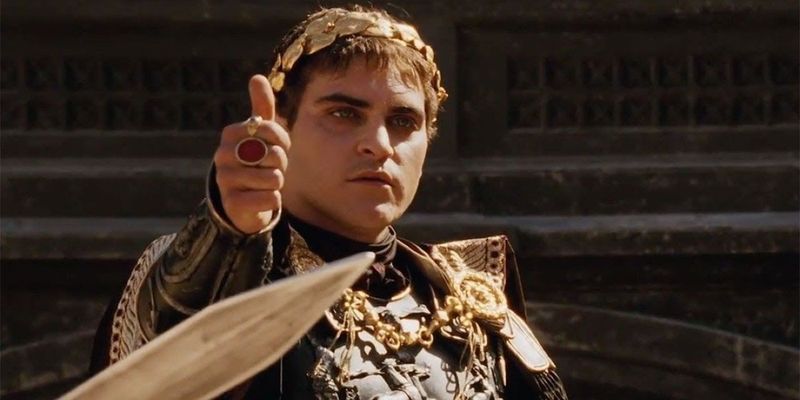
Joaquin Phoenix’s petulant, incestuous emperor brought pathetic humanity to historical villainy. His desperate need for approval from his father transformed into murderous jealousy of Maximus. Phoenix created a villain whose physical weakness contrasted with his absolute power – a man who could order deaths with a thumb gesture but couldn’t win a fair fight. His whispered threats carried more menace than shouted ones. The character’s childish emotional outbursts and inappropriate desire for his sister made him repulsive, yet his vulnerability sometimes elicited unexpected sympathy – the mark of a truly complex antagonist.
10. O-Ren Ishii: The Yakuza Queen With a Bloody Past
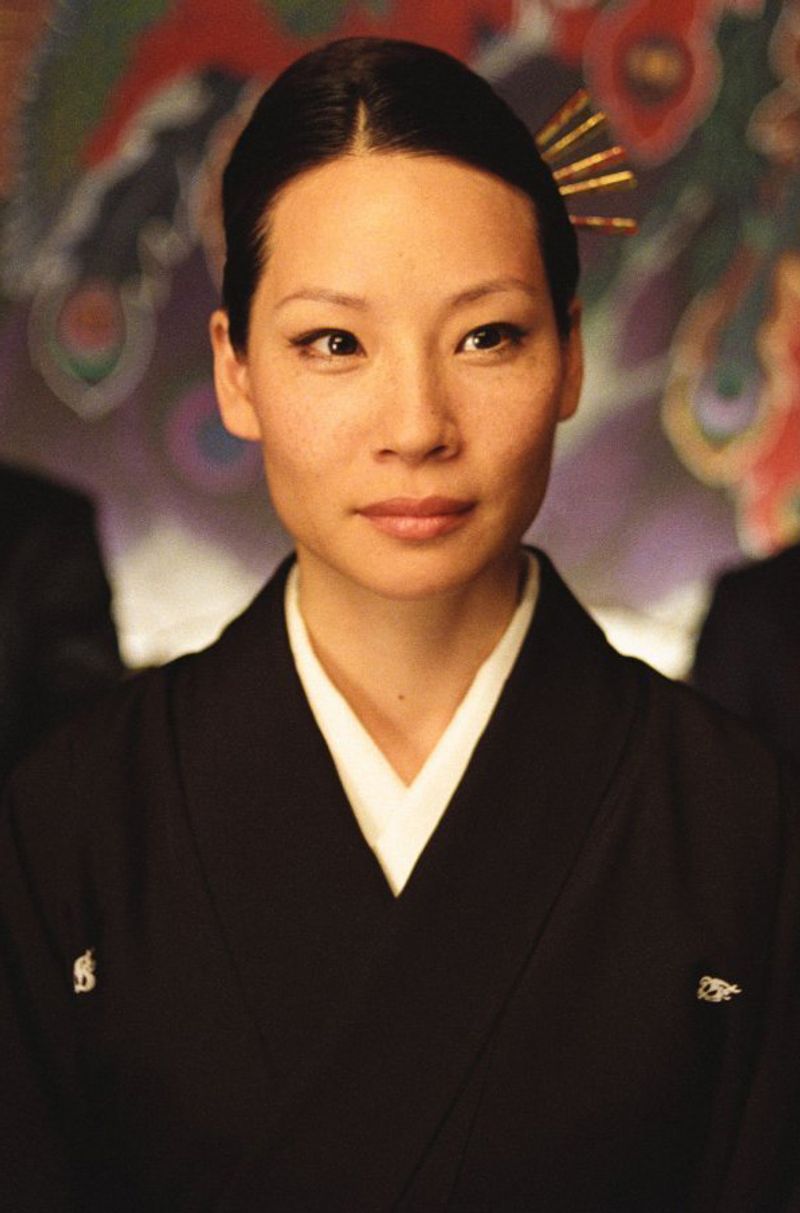
Lucy Liu’s kimono-clad crime boss sliced her way into villain history with elegant brutality. Her animated backstory sequence revealed the childhood trauma that forged her into a remorseless killer. O-Ren commanded respect through fear, famously beheading a subordinate for merely questioning her mixed heritage. Her final snow-garden duel with The Bride stands as one of cinema’s most beautiful fight scenes. Tarantino created a villain with clear rules and principles – making her somehow honorable despite her ruthlessness, a perfect foil for Uma Thurman’s vengeful protagonist.
11. The Joker: Chaos In a Purple Suit
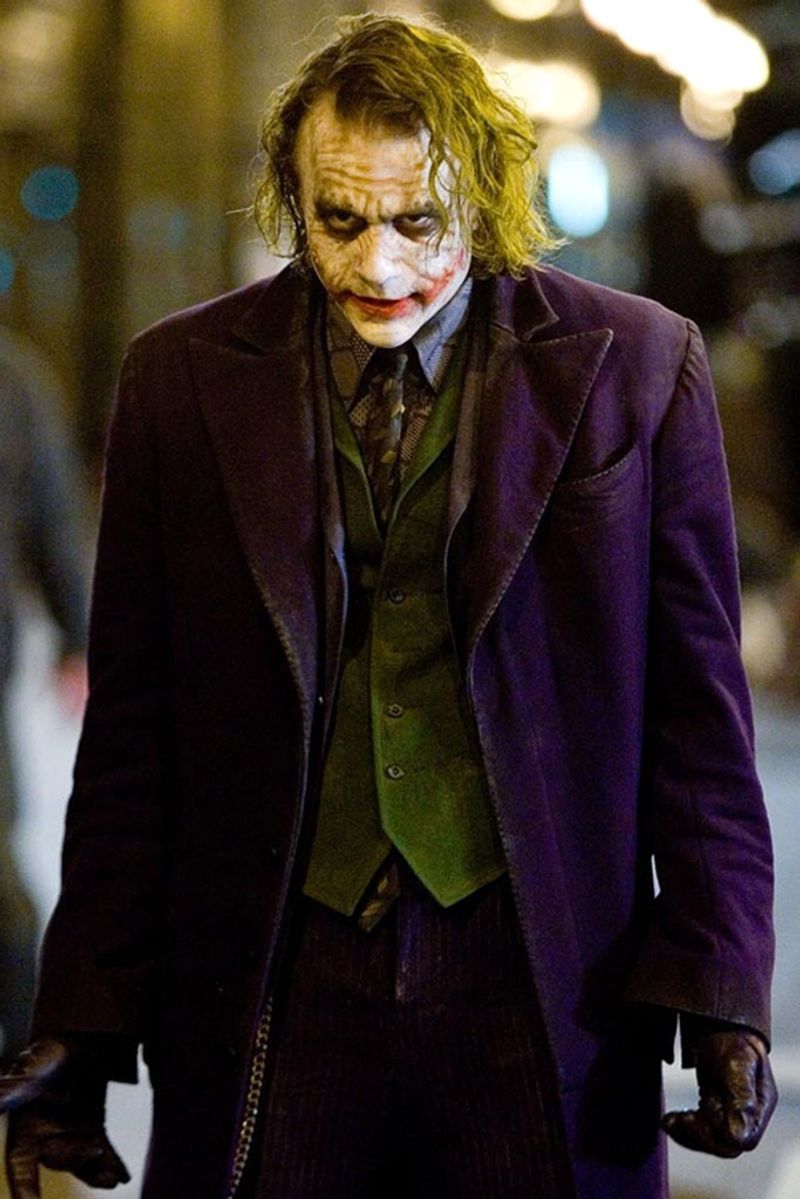
Heath Ledger’s anarchic clown prince rewrote the rules for superhero movie villains. His performance was so transformative that many viewers didn’t even recognize the actor beneath the smeared makeup. “Why so serious?” became the chilling catchphrase of a villain who wanted nothing logical like money – he just wanted to watch the world burn. Ledger’s posthumous Oscar recognized how completely he disappeared into the role. The pencil trick, hospital explosion, and interrogation scenes showcased a villain who was terrifying not for his physical strength but for his unpredictability and his ability to corrupt others.
12. Hans Landa: The Charming Nazi Who Hunted Humans
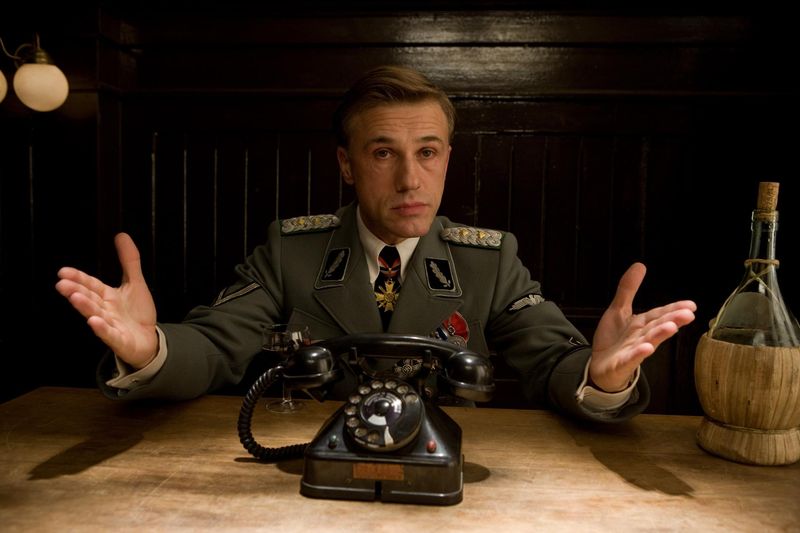
Christoph Waltz burst onto the international scene as the multilingual “Jew Hunter” whose polite conversations concealed deadly intent. His opening farm scene created unbearable tension through nothing but dialogue. Landa’s intelligence made him genuinely frightening – he was always several steps ahead of everyone else. His ability to switch between languages mid-conversation showcased both his brilliance and his chameleon-like adaptability. Tarantino wrote a villain who took obvious pleasure in the cat-and-mouse game of detection, making his scenes both entertaining and deeply uncomfortable as viewers found themselves charmed by a Nazi.
13. John Doe: The Serial Killer With a Point to Make
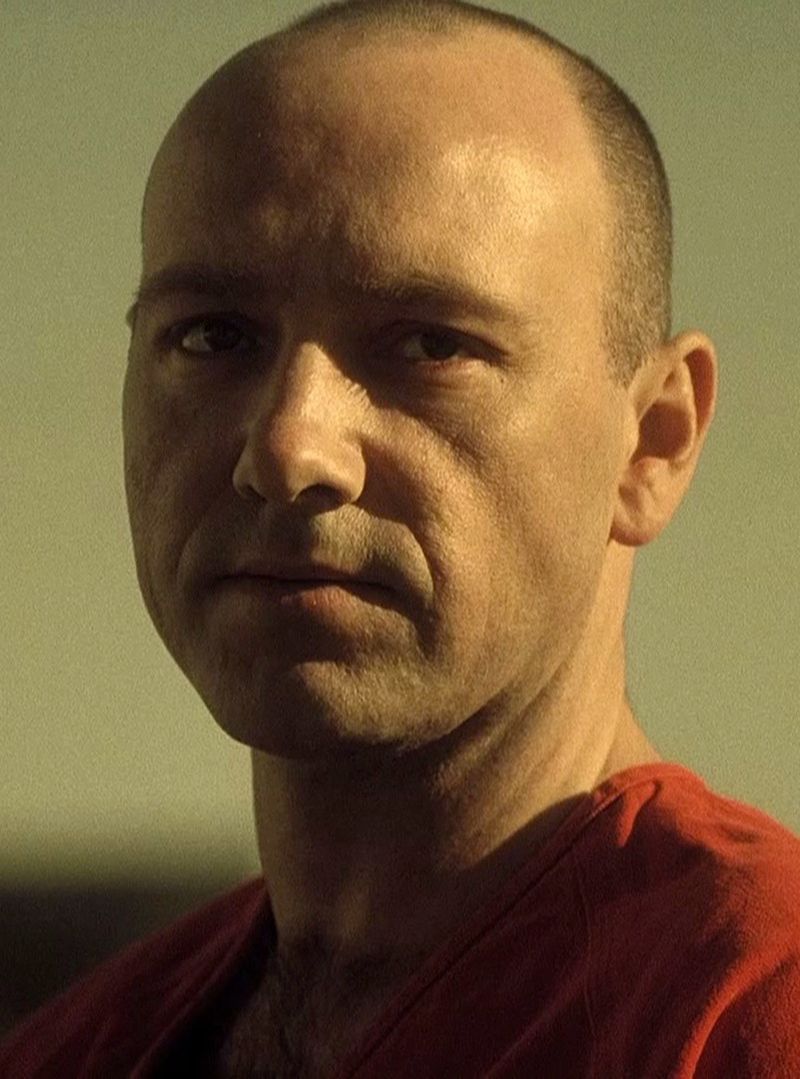
Kevin Spacey’s methodical murderer turned the seven deadly sins into a grotesque art project. Despite appearing late in the film, his calm demeanor and religious fervor created an unforgettable impression. “What’s in the box?” became one of cinema’s most devastating questions, capping a villain arc that was horrifying precisely because Doe completed his master plan. His willingness to be caught was part of the scheme all along. Doe’s belief that he was delivering divine punishment made him more frightening than a simple madman – he was a zealot who saw beauty in his monstrous tableaus.
14. Davy Jones: The Heartbroken Captain of the Damned
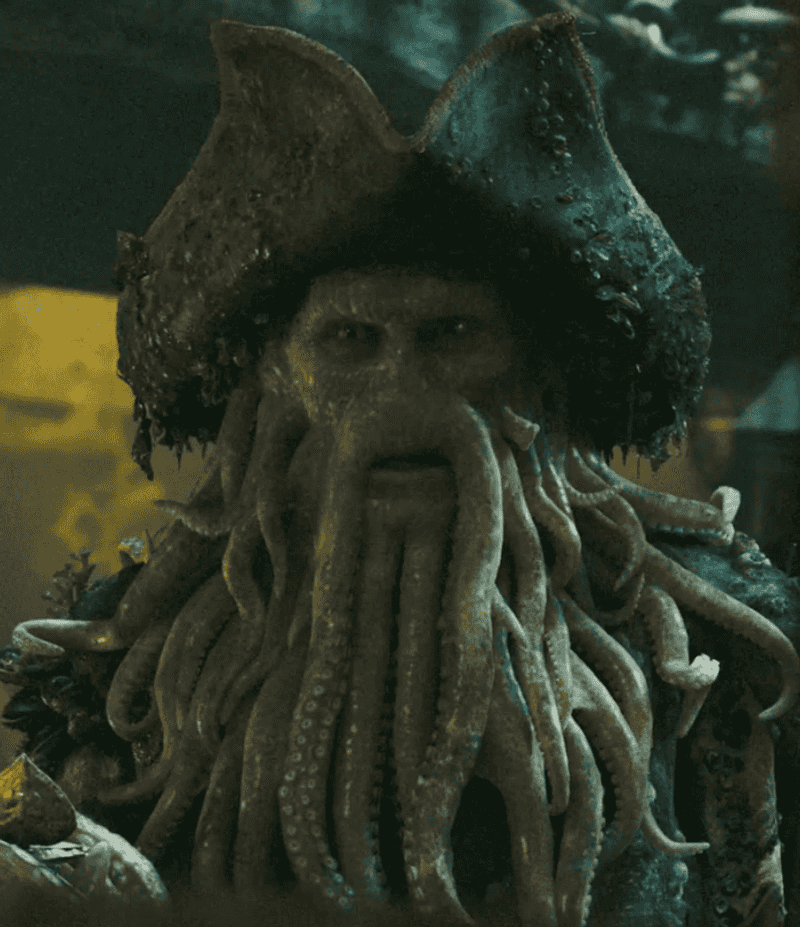
Bill Nighy disappeared beneath groundbreaking CGI tentacles to create a villain driven by lost love. His performance captured both terrifying power and tragic loneliness. “Do you fear death?” became his signature question, delivered with a Scottish accent that somehow made his octopus face more menacing. Jones represented the corrupting power of bitterness – a man who cut out his own heart rather than feel pain. The stunning visual effects that created his squid-like appearance won awards, but it was Nighy’s emotional depth that made Jones more than just a monster – he was a fallen romantic.
15. Sauron: The Dark Lord Who Needed No Screen Time
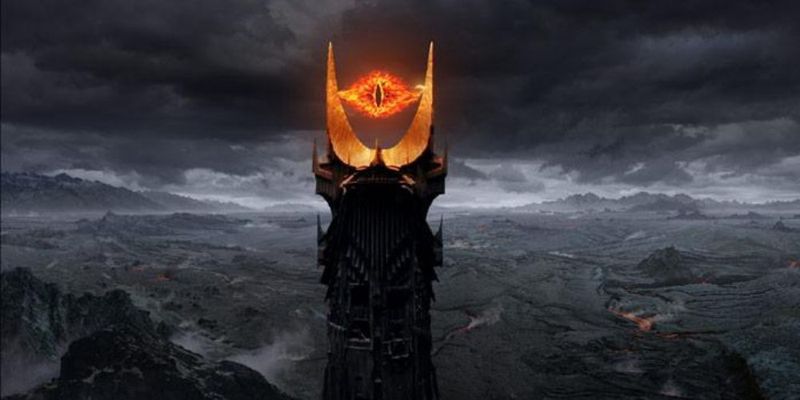
Perhaps the most impressive villain on this list never truly appears in human form. Instead, Sauron exists as an all-seeing eye, a presence felt throughout Middle-earth rather than seen. His simple gold ring became cinema’s most recognizable object of evil – beautiful, tempting, and ultimately corrupting to all who held it. The whispered Black Speech when the ring appeared sent shivers through audiences. Peter Jackson created a villain so powerful that armies fled at the mention of his name, proving that sometimes what we don’t see is far more terrifying than what we do.

Comments
Loading…